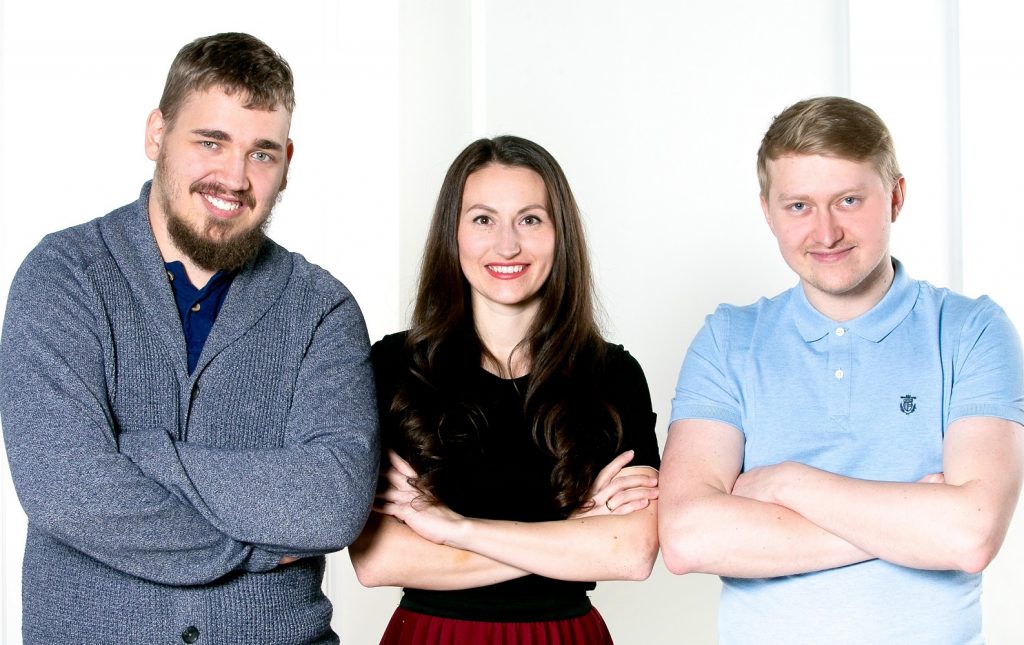Aligner, an Estonian language localisation startup, enables translation either by machine or human and managing content in different languages at the same time, using their matrix editor.
Estonian World met the masterminds behind Aligner.io – the cofounders Sandra Roosna and Nazari Goudin, at their office close to the Tallinn harbour. Their unique approach to working with content in different languages is changing the perspective of content creators.
Last week, their team made into finals of Estonia’s largest business idea competition, “Brain Hunt” – previous winners include many well-known startups that now grow globally, such as Bolt, Click & Grow and Timbeter. Several authors contributing to Estonian World have occasionally used Aligner in the last six months and admit that it’s a significantly better tool to translate in various languages than many other platforms out there; it simply provides more accurate and sophisticated translation.
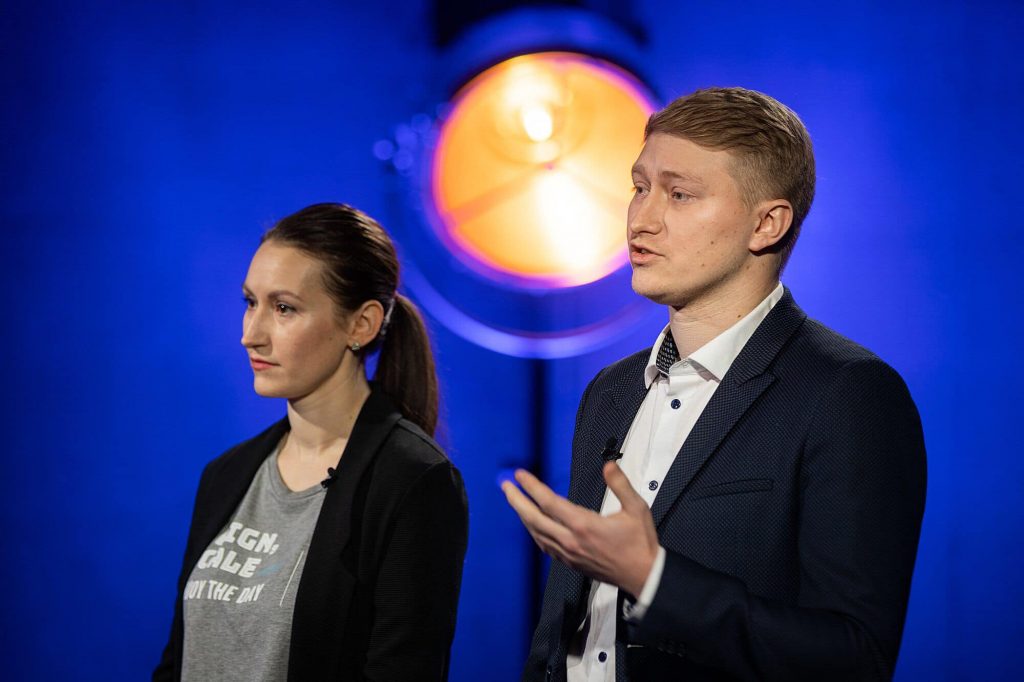
Not long ago, there weren’t many options to work with content across different languages in a smart way. When one thinks of Google Translate, Bing, DeepL or other machine translation platforms, they are mostly used to copy-paste the text. Then there are collaboration tools and editors like Dropbox Paper and Google Docs that help people work together, edit, change and manage the content.
Aligner combines these two, enabling translation either by machine or human and then manage content in different languages at the same time, using their matrix editor. Updating multilingual content in Aligner is made hassle-free: the system detects changes and enables to apply translation only on the updated parts.
The global language localisation market is huge – the demand continues to grow across borders, where companies based in one market need to localise their content for other markets. Simply put, Aligner helps scaling companies translate their marketing content and keep it easily aligned. The startup says their users can update for example “terms of use” and “product” descriptions in 50 languages the same day, instead of three weeks. One can work either with machine translation that simultaneously keeps learning or a human translator that one can easily find on the platform or share with teammates.
Unique approach
The unique innovation of Aligner is a set of algorithms comparing the content in different languages and enabling instant selective translation for updated parts of the text. Roosna says that with just a few clicks, anyone can remove a sentence from, for example, “terms of use”, in 10 languages or replace them with updated content without a need to send 10 attached files to the translator.
From the software perspective, it is a completely different approach. Roosna explains how they decided calling it the “Aligner DNA” – because every document does have a unique DNA. When the user changes the text, then the system enables to implement changes in related languages to make DNAs match. If these do not match, Aligner shows exactly what needs an update in other languages.
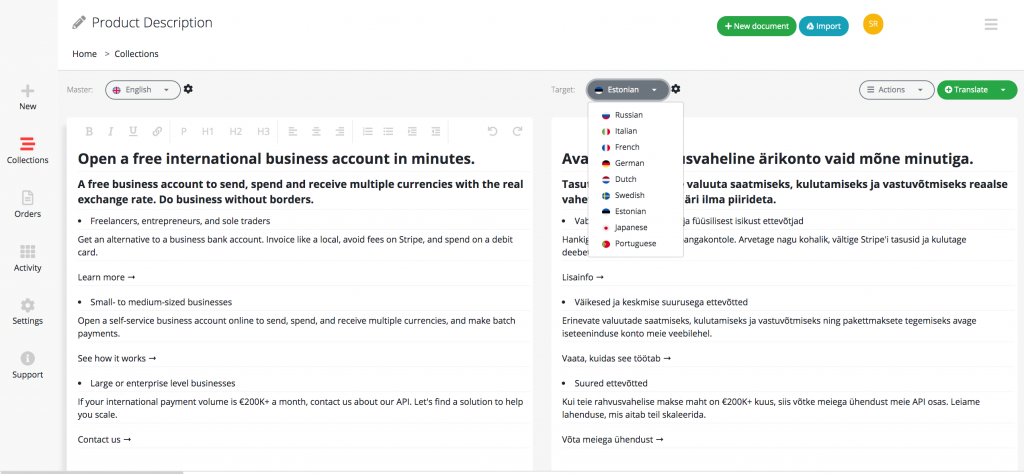
The platform is currently supporting 140 most common languages and 1,500 language pairs in machine translation and is perpetually learning something new every time a user makes changes and edits a language paragraph.
Aligner considers itself an agnostic platform: they leverage the progress in neural machine translation technologies (an approach that uses an artificial neural network to predict the likelihood of a sequence of words) to fulfil its purpose and enable easily work with multilingual content and apply translations either by machine or human where needed inside the document. These processes are all organised, systematised and automated by Aligner.
According to Goudin, by using Aligner, companies save at least 50% of the time by having all their multilingual content organised in one place and easily publish to different endpoints.
When it comes to machine translation, Goudin says the quality depends on the original content and the languages. “The machine and human should work together, and in Aligner small edits can be made easily and quickly. In many cases, our users translate content using instant machine translation and share it with teammates for proofreading. The content in different languages gets published the same day. The translator can also succeed faster with the help of Aligner,” he notes.
From an idea to product
The story of Aligner began in May 2018, when Roosna and Goudin got together and observed that they all struggled on the same issue – long-form and marketing content localisation was a hassle, whereas web plugins and app localisation tools were useless for that purpose. Along with Roosna and Goudin, three software developers joined in to establish Aligner.
At their previous job, the founders had spent weeks to keep documentation and web content in different languages up to date. “It all started with our own pain, we all had folders with files for each market. So, we started experimenting,” Goudin says, adding that they approached their task to set up a new platform not from a point of view of a professional translator neither developer, but rather from a person creating marketing content.
“We found it to be challenging enough as none of us had worked in the language or translation industry before and we were naive enough to think we should simply do it. Sometimes it is good to be naive. Our CTO said that if he had known it was that complicated, he would have never started it,” Goudin says laughingly.
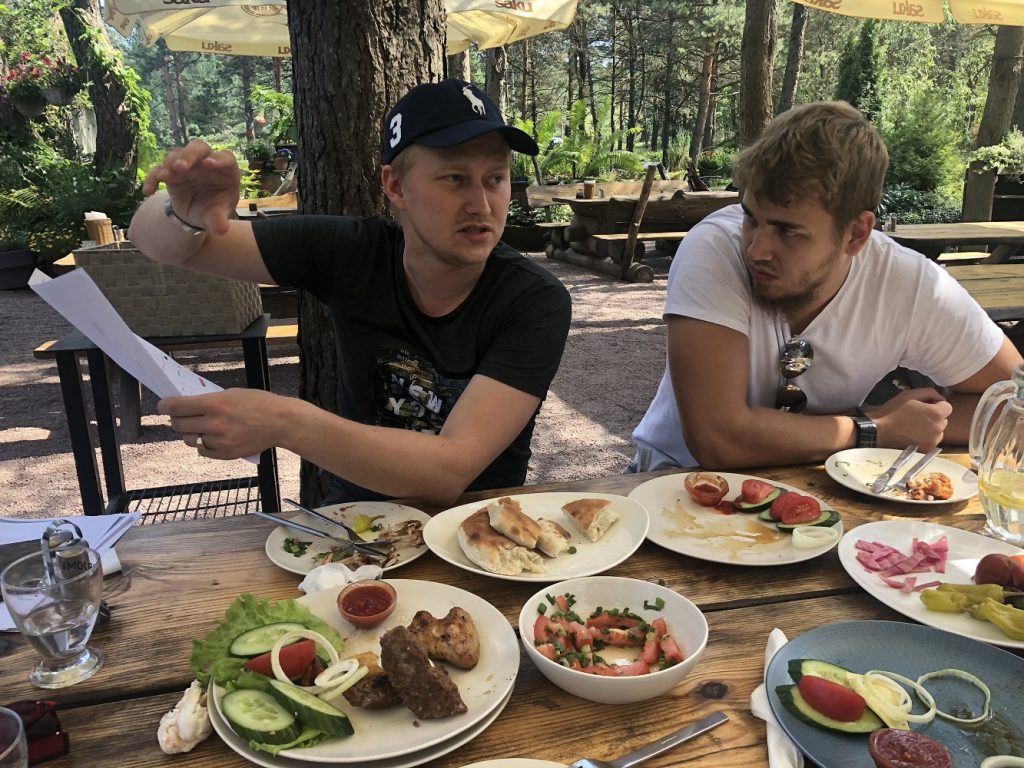
Roosna adds that they took an idea that should be simple – and indeed, seemed simple – but on a meta-level needs very complicated development. “We approached this process step-by-step, solved smaller challenges – and the motivation has only been growing along the way as we got positive feedback from our first users.”
She previously worked for a Japanese Internet-of-Things company and among other things wrote a book on the Estonian digital state, which was published in English but also translated into Russian and Japanese. The expensive and slow translation process was the obstacle in several companies she worked before and it’s a personal motivator behind setting up Aligner.
Sophisticated back end, but simple UX
The localisation platform would have not taken off the ground without good developers. Aligner was built by three developers who had all been working at ERPLY before – an Estonian-founded global retail software company that is operating in 17 countries.
Although they were very experienced, they had a real challenge to develop all the algorithms behind Aligner from scratch – create from zero as a unique technology for the global market. “For our developers, it is very important to be able to build something that expands their skills and has truly global impact,” Roosna notes, emphasising that theirs is not a copy-paste platform.
While it’s inspiring to create something from scratch, the team set intuitive and dynamic user experience as the key target. Building a simple to use and the scalable platform takes time and it’s a long-term initiative, Goudin concedes. “We believe that sending files to the translation offices or inside your global team as files, using the ‘track changes’ and engaging in a long back-and-forth communication is not efficient either sustainable for any business,” he emphasises.
Global expansion plans
The Aligner team says that what their platform can do now is only a small part of the functionality of the future, so there is a lot of room for development. They also add that the global localisation market is missing a solution that is aimed at automated multilingual content management, so this is a category Aligner has created.
“The demand for translation services has been growing immensely across the world, also during the crisis, communication is critical. However, we see that companies are looking for tools to increase the efficiency – how they could grow faster and spend less – as we are focused on delivering the platform to systematise and simplify their working processes,” Goudin explains.
He notes that traditional translation offices work closely with government services and large companies that have more constructive and complicated issues. “They have a project manager, secretary, etc for each translation project – a team for running the whole process, answers e-mails and prepare files for translation. In the future, Aligner might smoothen out these processes for translation offices as well; for example, they could also receive translation orders and bill the customer through our platform,” Goudin says.
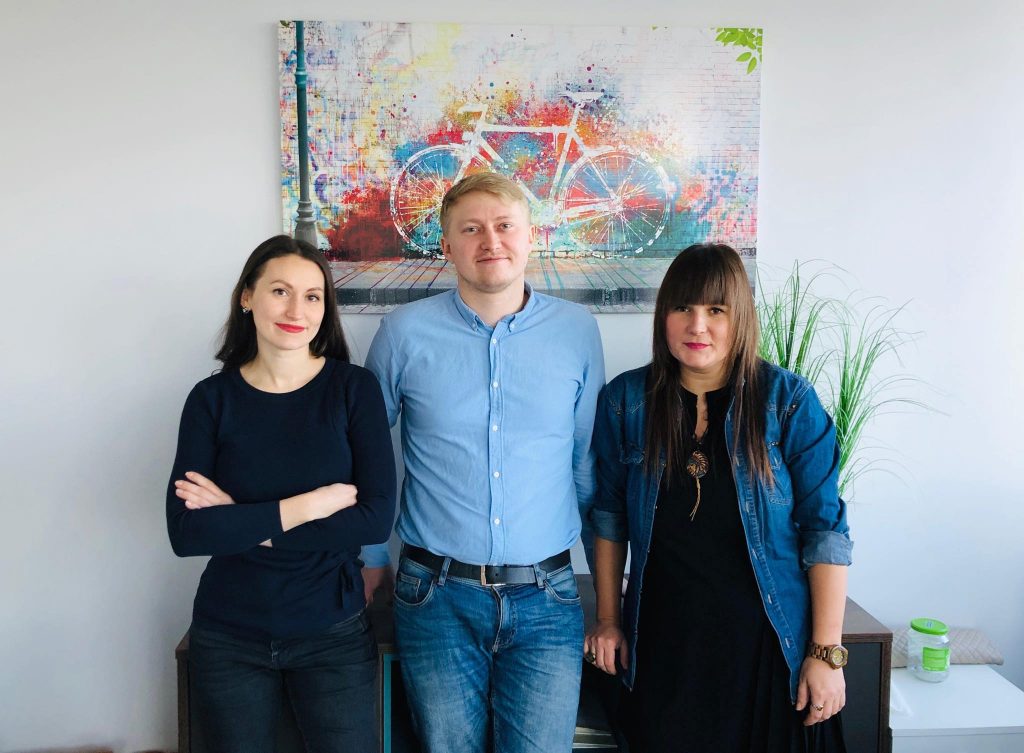
Aligner’s technology can be scaled very easily, but another challenge ahead is the translation of its own software. Roosna explains that, although their platform has 1,400 users from 22 countries, for a startup to become truly successful in different markets, the local touch and presence shall be stronger, and that includes the local language. “So, for example, to be successful in the German market, we need more than just a group of early adopters using Aligner right now – we must localise the platform and marketing into German. We think of it as a positive problem, since the demand for our product is exploding.”
Goudin adds that localisation processes are still complicated, and Aligner is not a magic pill, but it makes people’s work-life much easier.
Roosna concludes that they are excited about the future. “We are fascinated to see many users for our technology – international tech companies, startups, journalists, communication and real estate agencies as well as bloggers, translate their content in Aligner. The amount of online content is predicted to grow five times during the next three years. We are part of the global trend and we are just getting started!”
Cover: Aligner team – Alex Lõhmus, Sandra Roosna, Nazari Goudin.

